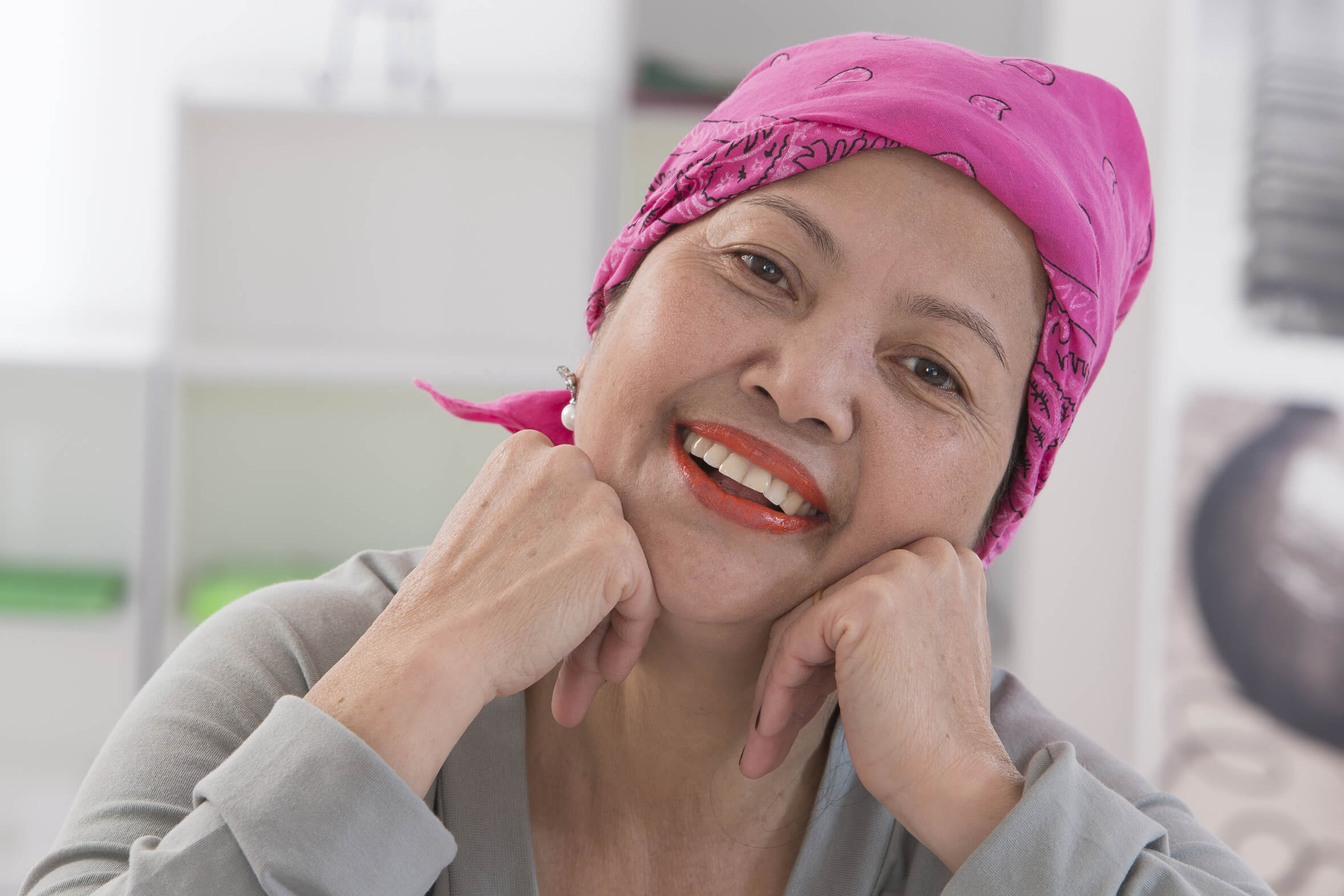When my hair regrew after chemotherapy, it felt like getting my life back
Table Of Content
If you have permanent hair loss in one area of your head, it may be possible to have a hair transplant. However, hair transplants are specialised treatments. The answer is that most chemo drugs attack rapidly dividing cells — and that’s what your hair cells are. Your fingernails and toenails are also made up of rapidly dividing cells.
About Hair Loss and Your Cancer Treatment
Chemotherapy medications can cause you to lose your hair all over your body. This is because they attack fast-growing cells, which include both cancer cells and your hair follicle cells. Cooling caps may help prevent hair loss due to chemotherapy. A person can speak with a doctor to discuss if a cooling cap could help them. A study from 2019 found that 99.9% of people who had chemotherapy for breast cancer experienced hair loss. It's recommended that people avoid if at all possible styling products or curling and straightening devices.

New Color, Texture or Curls
The anxiety of it all weighed heavily on Emily, as she headed to her final chemotherapy infusion on May 15. That was the final kick in three months plagued with disruptions. As she prepared for her final round of treatment, Emily packed her bags and moved into an Airbnb alone. They were all relieved, but the chemotherapy had depleted Emily's immune system. She couldn’t safely share a house with a dog with MRSA. Emily describes the outpouring of support as overwhelming in the best possible way.
Can You Prevent Hair Loss in Chemo?
A moment that changed me: I lost my hair to cancer – and the trauma taught me an essential lesson - The Guardian
A moment that changed me: I lost my hair to cancer – and the trauma taught me an essential lesson.
Posted: Wed, 05 Jul 2023 07:00:00 GMT [source]
It’s completely up to you as to which route you choose. Instead use a wide tooth comb to detangle and gentle massage hair products into your hair with your hands. For some people their hair comes back light, more grey or a whole new color completely. You may love this change or you may want to do something about it. This is referred to as hereditary hair loss, pattern hair loss, or androgenetic alopecia. For more information about where to buy wigs and hairpieces, read our resource Where to Buy Wigs and Hairpieces.
Preparing for Chemo-Related Hair Loss
Now almost a year after she finished her last round of chemotherapy, she’s preparing to join 150 other survivors in the Kentucky Oaks Survivors Day Parade on May 3. Trichomegaly is usually harmless, except in cases where the eyelashes start to grow in the wrong direction, toward the eyeball. This is known as trichiasis, and it can damage the outer layer of the eye and lead to ulcers, vision loss and, in severe cases, blindness.
You should do this even if you have used the same product before. Apply a small amount of colour to a hidden area of hair and scalp, such as behind the ear. Her bubbly demeanor was the best indicator I had of the return of her health.
How we vet brands and products
That timeline varies from one person to the next, but no matter when your hair starts to grow back, it’s going to be fragile at first, and your scalp might be sensitive. So make sure you treat your hair carefully for the first six months after chemo. That means steering clear of dye, bleach, hair dryers and other hot tools, perms, and other chemical treatments.
Chemo curls are a common part of recovery from chemotherapy. Chemotherapy drugs can linger in the body after treatment, affecting many cells such as the hair follicles. As far as returning to your “normal” texture and color, it’s hard to predict how long it’s going to take. A year after your treatment is complete, it’s likely you’ll have 4 to 6 inches of hair growth, according to Breastcancer.org.
Taking care of chemo curls
Six weeks earlier, she thought this would be a milestone worth celebrating, but her symptoms had worsened. She also knew that “her body likes to grow things.” About eight years earlier, doctors found a large, noncancerous tumor on her abdomen. She’d also been diagnosed with endometriosis, which meant she had pain-inducing tissue growing outside of her uterus. When Emily Rombach walked into her first chemotherapy treatment, she was almost excited. The condition has also been tied to infections such as HIV/AIDS and to various genetic syndromes, including ones that affect the response to growth factors. A man's eyelashes grew unusually long and developed a dramatic curl — and it turned out to be a side effect of his cancer treatment.
Hair usually grows about a half an inch every month on your head. This is because your hair follicles, which are tiny openings on the surface of your skin, divide quicker than most other cells in your body. "These may include treatment-induced low levels of zinc or iron, thyroid problems, or stress."
In cases where the curls are getting unmanageable, it’s okay to schedule a visit with your hair stylist. However, it’s recommended that you grow your hair out at least 3 inches before cutting it. In cases where you want to buzz your hair, try to leave at least 1 inch of hair.
In response, you may experience side effects, including hair loss, or alopecia. Read on to learn more about hair regrowth after chemo, including what to expect and how to care for your hair. Before you have any chemical treatment such as colouring, perming or chemical relaxing, it is a good idea to ask a hairdresser or barber for advice. It is important to carry out strand and skin sensitivity tests to make sure products will not cause any damage or allergic reaction.

Comments
Post a Comment